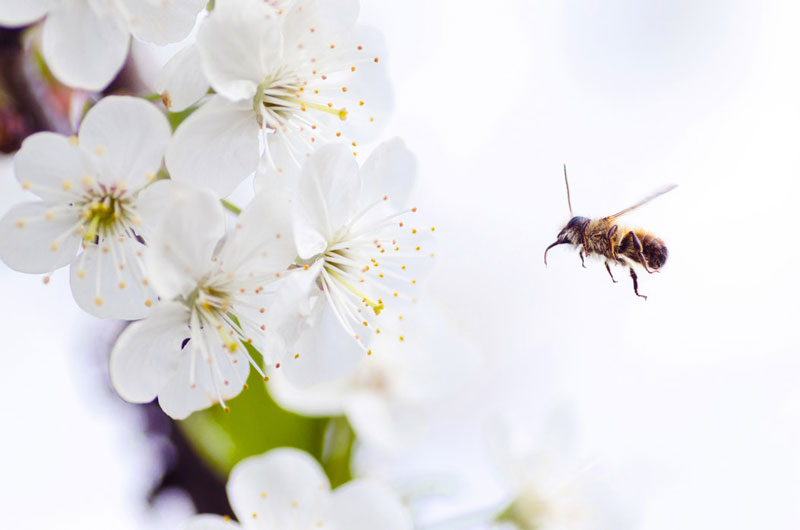Offer
Provide additional details about the offer you're running.
Provide additional details about the offer you're running.
Provide additional details about the offer you're running.

Seriously, this time. Spring is coming, we promise.
While we have been teased about the pending season a number of times over the past couple of months, we are of the belief that it is finally going to happen. With the last snow storm out of her system, we are confident Mother Nature is going to cooperate and bring us our migrating birds and all of the wonderful flora and fauna that comes with the season of growth.
While most of our backyards might still be in the process of ridding themselves of the last bits of snow and slush, we are all chomping at the opportunity to get outside and get everything in order.
For many of us, gardening is a favourite pastime and one that is particularly intensive during this time of year. With warmer weather, sunshine, and rain promised for the coming weeks, our backyard habitat and gardens are on top of mind.
One aspect of our backyard habitat projects that is utmost importance is pollinator gardening. As outdoor enthusiasts, many of us are aware of the act of pollination and its importance to our natural world – something we are extremely passionate about. The fact of the matter is; roughly 75 percent of all flowering plants on the landscape rely on animal and insect pollinators – of which many are birds such as hummingbirds, and small mammals including bats.

The first rule to any backyard habitat or garden creation is to always use native plants and grasses only. The introduction of invasive and non-native plants in some cases can prove fatal to a number of insects and mammals that call our area home. Secondly, you will want to use a wide range of native flowers. Each different flower suits a different group of pollinators and the more variety your garden has, the better it is for everyone involved. A good starting point is to choose a number of flowers of different shapes and sizes accommodating as many different pollinators as possible and choosing plants that bloom throughout the entire season to keep the cycle going for as long as possible.
The next step is maintenance. Yes, the setup can be intensive, but the benefits are wide ranging and can help pollinators and the plants they inhabit for years to come. As part of it, it is our job to ensure these plants receive adequate water and that they are properly weeded throughout the season to give them the very best chance at survival.
If you have any questions about creating a pollinator garden or any other natural habitat developments in and around your yard, do not hesitate to contact us. We’d love to help you, our insects, mammals and the natural world flourish.
High Quality Blend